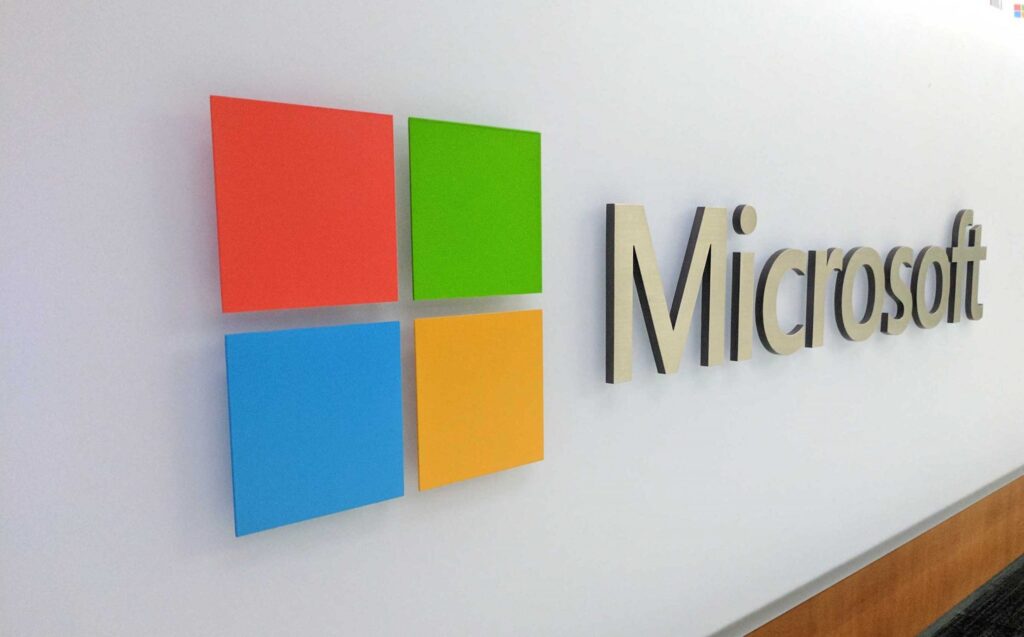Microsoft to Enforce Multi-Factor Authentication (MFA) for Azure Users. A Quick look at what we know.
Starting in July, Microsoft will gradually enforce multi-factor authentication (MFA) for all users signing into Azure to administer resources. This significant security enhancement aims to bolster protection against cyberattacks and safeguard cloud investments. Let’s delve into the details.

The MFA Rollout Plan
- Azure Portal: The initial rollout will focus on the Azure portal, ensuring that users accessing the portal are protected by MFA.
- CLI, PowerShell, and Terraform: Following the Azure portal, MFA enforcement will extend to command-line interfaces (CLI), PowerShell, and Terraform. These tools play a crucial role in managing Azure resources, and enforcing MFA across them enhances overall security.
- Exclusions: Certain accounts, such as service principals, managed identities, and workload identities used for automation, will be excluded from MFA enforcement. Additionally, Microsoft is actively seeking customer input for scenarios like break-glass accounts and special recovery processes.
- End-User Impact: Regular end-users, including students and guest users, will only be affected if they sign into Azure portal, CLI, PowerShell, or Terraform for resource administration. Other apps, websites, or services hosted on Azure won’t be subject to this policy.
Why MFA Matters
Microsoft’s decision to enforce MFA stems from its commitment to robust security. Here’s why MFA is crucial:
- 99.99% Protection: A recent study analyzing Azure Active Directory users found that MFA-enabled accounts resisted hacking attempts with a success rate of over 99.99%. This demonstrates the effectiveness of MFA in thwarting unauthorized access.
- Risk Reduction: Even when attackers attempted to breach accounts using stolen credentials, MFA reduced the risk of compromise by an impressive 98.56%. Modern strong authentication is essential for safeguarding user accounts.
- Conditional Access Policies: In November, Microsoft announced plans to roll out Conditional Access policies requiring MFA for all admins signing into Microsoft admin portals, cloud apps, and high-risk sign-ins. The goal? Achieving 100% MFA adoption.
Admin Recommendations
Administrators can take proactive steps to prepare for the MFA rollout:
- Enable MFA: Admins should enable MFA in their tenants before the enforcement begins. The MFA wizard for Microsoft Entra simplifies this process.
- Monitor MFA Registration: Keep track of users who have registered for MFA using the authentication methods registration report and a PowerShell script to assess the MFA state across the entire user base.
In summary, Microsoft’s move to enforce MFA reflects its commitment to robust security practices. By gradually implementing MFA across Azure, the company aims to protect user accounts, prevent unauthorized access, and enhance overall cloud security.
Remember, in the realm of cybersecurity, multi-factor authentication is more than just a buzzword—it’s a critical shield against digital threats. As we embrace this change, let’s ensure that every authentication is fortified with modern, strong safeguards
You think you have a story worth everyone’s time? SUBMIT A STORY and we will publish it.
Share this content:




Post Comment